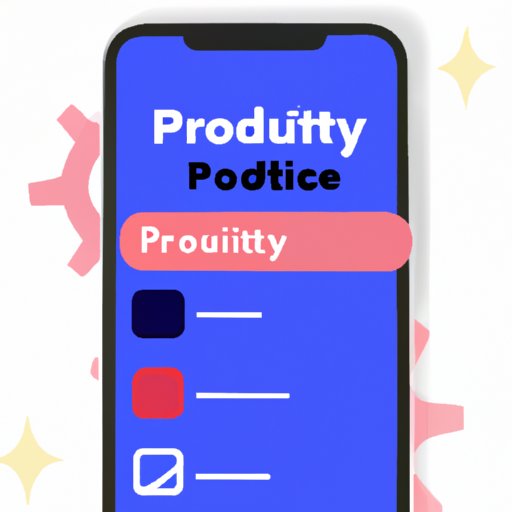
How to Silence Notifications for a More Productive Life
Notifications can be both a blessing and a curse. They keep us informed of important updates, messages, and events. At the same time, they can also disrupt our focus and productivity. For many of us, the constant buzzing, beeping, and vibrating can be a significant source of stress and distraction. Fortunately, there are several ways to silence notifications and regain control over our digital lives.
Customizing Notification Settings
One of the simplest ways to manage notifications is to customize the settings for each app on your smartphone. By default, many apps are set to send notifications for everything, from new messages to app updates. However, this can quickly become overwhelming, especially for apps that don’t require constant attention, such as social media. For these apps, it’s often best to turn off or limit notifications to only the most important events.
Most smartphones allow you to easily customize notification settings on an app-by-app basis. Simply go to your phone’s settings and select “Apps & notifications.” From there, you’ll be able to view all the apps on your phone and adjust their notification settings. This can range from disabling notifications altogether to only showing notifications when the app is open or active.
Customizing notification settings can help you streamline your digital life and improve focus. Instead of being constantly bombarded by notifications, you can choose which ones are most important and deserving of your attention.
Disabling or Muting Notifications
If there are specific contacts or apps that continually send unnecessary or disruptive notifications, consider disabling or muting them altogether. This can be especially helpful for apps that are not essential to your daily routine or are particularly noisy. For example, you might want to mute notifications for your social media apps during work hours to minimize distractions and improve productivity.
Disabling or muting notifications is straightforward and can be done from within the app or your phone’s settings. For iPhones, simply swipe left on the notification you want to mute and tap “Manage,” then select “Turn Off” or “Deliver Silently.” For Android phones, long press on the notification and tap on the “i” icon to view its settings. From there, you can disable or customize the notification options.
Using “Do Not Disturb” Mode
“Do Not Disturb” mode is an excellent feature that allows you to silence notifications during specific times. This can be particularly helpful during sleep or meditation when you don’t want to be bothered by notifications. Of course, emergencies can still come through, so you can choose to allow certain calls or messages from specific contacts to bypass the feature.
To enable “Do Not Disturb” mode on an iPhone, go to your phone’s settings and select “Do Not Disturb.” From there, you can choose to enable the feature manually or schedule it to turn on during specific times. Android phones offer similar options under “Settings” > “Sound & Notification” > “Do Not Disturb.”
Consolidate Notifications
If you still find notifications to be overwhelming, consider using a productivity app that consolidates your notifications into one place. These apps can help you manage your notifications more efficiently and reduce the number of alerts that you receive daily. Some common examples include Zapier, IFTTT, and Pushbullet.
The advantage of these apps is that they bring all of your notifications from various apps to one single place. This will allow you to quickly skim through all your notifications at once and only open apps when you have the time to deal with them. This saves you time, reduces distractions, and also minimizes the time you spend on your smartphone.
Taking Regular Breaks
Finally, it’s essential to take regular breaks from notifications to avoid feeling constantly overwhelmed and distracted. That means scheduling time to turn off notifications altogether. This could be for ten minutes every hour, or for an hour daily, depending on your productivity and focus needs. Use this time to disconnect from your phone, take a walk, meditate, or do something else that you enjoy.
It’s important to recognize that notifications can be a significant source of stress and distraction. However, it’s also possible to regain control over your digital life and minimize disruptions. By using the strategies above, you can customize app settings, mute certain notifications, use “Do Not Disturb” mode, consolidate your notifications, and take regular breaks from your digital devices.
Conclusion
In closing, it’s essential to manage notifications for a more productive and less stressful life. By customizing your notification settings, muting or disabling apps, using “Do Not Disturb” mode, consolidating your notifications, and taking regular breaks, you’ll be able to reduce your stress levels and improve your focus. Try incorporating some of these strategies into your daily routine and notice how much more productive and focused you become.




